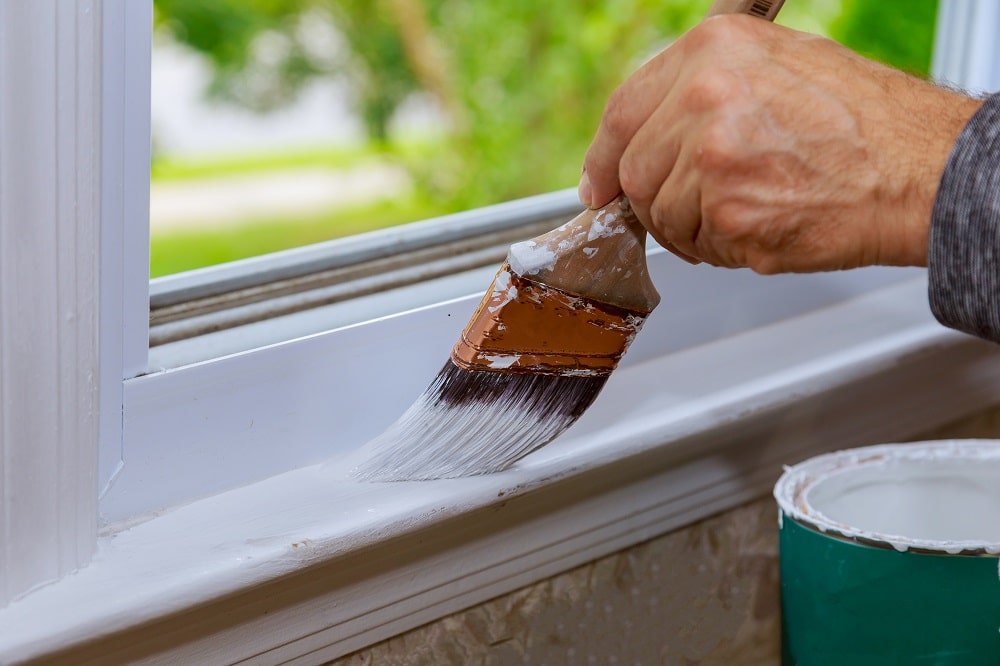
Commercial Painting, Residential Painting
5 Most important Differences between Enamel and Latex Paint
People paint certain surfaces in the home to not only make they look more appealing, but protect that painted surface against normal wear and tear. Unfortunately, there are different kinds of paint to choose from which can make the task of selecting one quite daunting and even frustrating.
Enamel (Oil-based) vs. Latex (Water-based) Paint
According to historians, enamel paint was originally introduced during the 1800’s when paints weren’t as reliable as they are today. However, the term “enamel” is a misnomer as there is none in this type of paint. The term is used to signify the quality of the finish once the paint dries. It delivers a glossy, smooth finish that can last for years. As a result, paint companies typically use the term “enamel” on their high-end products.
On the hand, latex paint doesn’t contain any latex. It merely refers to the acrylic resin binder that is used in the paint. The term “latex” is used to describe the properties of the paint including its malleability and versatility. Most water-based paints will usually be labeled as latex paints. Professional painters prefer latex paints because of how quickly they dry and produce little if any odor. It gives a nice finish and lasts for a long time.
How does Enamel Paint differ from Latex Paint?
It’s important to understand how enamel paint differs from latex paint besides the type of finish it produces. Here are the 5 most important differences between these two types of paint:
- Clean-up and ease of use – because of its thickness, enamel paint can be hard to spread. Conversely, latex paints dry quicker because they’re thinner. Furthermore, latex paint cleans up with soap and water whereas paint thinner is required to clean up enamel paint.
- Drying time and quality – although enamel paints take longer to dry, they produce a classy finish while latex paints deliver a flawless, smooth finish.
- Odor and safety – enamel (oil-based) paints are recognized by their strong irritating odor whereas latex paints are less toxic and safer to use.
- Surface conditions – you can use latex paint if the surface has a little bit of moisture on it. However, since oil and water don’t mix, oil-based enamel paint must be applied to a dry surface.
- Weather conditions – latex paint does not do well in adverse weather conditions. On the other hand, enamel paint is more tolerant to different weather conditions.
Finally, latex paint works best on concrete, drywall, plaster, and stucco whereas enamel paint works best on surfaces exposed to adverse weather and temperature fluctuations. To learn more about enamel and latex paint, call Right Track Painting & Sealcoating at (617) 480-9831 today.
 Mon-Fri: 7am to 5pm ~ Sat – Sun 9am to 5pm
Mon-Fri: 7am to 5pm ~ Sat – Sun 9am to 5pm






Recent Comments